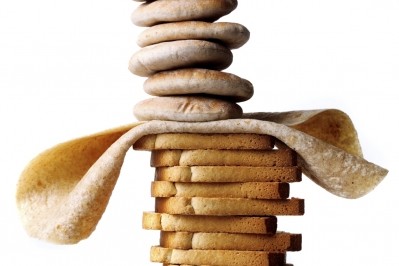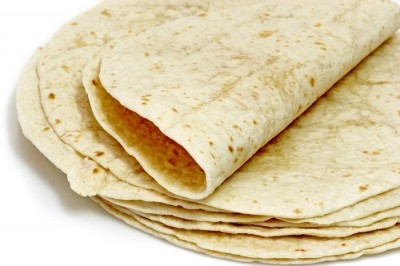Quantifying the fat: Different detection methods have conflicting results

Writing in Food Chemistry, a team of Korean scientists compared three methods used to determine fat class and content in bakery products – the Folch method, the automated Soxhlet method, and the AOAC 996.06 method – finding that they measured conflicting levels of fats in the same commercial samples.
“In most samples, fat (total) content determined by the AOAC 996.06 method was lower than the fat (crude) content determined by the Folch or automated Soxhlet methods,” explained the researchers – led by Seung-Kook Park from Kyung Hee University in the Republic of Korea.
“Furthermore, monounsaturated fat or saturated fat content determined by the AOAC 996.06 method was lowest.”
The Korean research team said there was ‘almost no difference’ between crude fat content determined by the Folch method and that determined by the automated Soxhlet method. However they noted that three samples (wheat biscuits, butter cookies and chocolate chip cookies), monounsaturated fat, saturated fat, and trans fat content obtained by the automated Soxhlet method was higher than that obtained by the Folch method.
Labelling implications?
Fat plays a vital role in the taste and texture of foods, however it also has potentially negative impacts on health if consumed at high levels.
“The use of nutrition labels, which enable consumers to choose healthier foods, need to be considered,” said the authors. “Consumers recognise the advantages of nutrition labels and also consider them important when choosing foods.”
In the past, fat content was only listed on nutrition labels, said the researchers. As a result, there was not an issue with determining different types of fats to list them on nutrition labels.
“However, different nations have different definitions of fat, and not only fat content but also the content of various kinds of fats must be listed on the food label,” warned Park and his team.
“It is important to accurately analyse the nutritional content of foods to provide exact nutritional information to consumers.”
Conflicting results
Findings showed that the methods gave conflicting levels of fats in the same samples for both ‘good’ and ‘bad’ fat constituents, including monounsaturated fatty acids and trans-fats.
Overall the fat content determined by the AOAC 996.06 was lower than that determined by the Folch or automated Soxhlet methods, with the Folch and Soxhlet methods showing fat content values that were up to 5.2% and 4.5% respectively higher than those of AOAC 996.06.
Park and his colleagues also said that the analysis of trans fats in the bakery products generated conflicting results for more than half of the samples.
“In particular, the AOAC 996.06 method obtained a higher amount of trans fat than that of the other two methods for three products (crackers with milk cream, biscuits, and cocoa cookies with milk),” said the team.
“In fact, these three samples contained the lowest levels of trans fat among the 12 samples used in this study (<0.2 g trans fat/100 g).”
Source: Food Chemistry
Volume 136, Issue 2, 15 January 2013, Pages 703–709, doi: 10.1016/j.foodchem.2012.08.033
“Comparison of different methods to quantify fat classes in bakery products”
Authors: Jae-Min Shin, Young-Ok Hwang, Ock-Ju Tu, Han-Bin Jo, Jung-Hun Kim, et al






